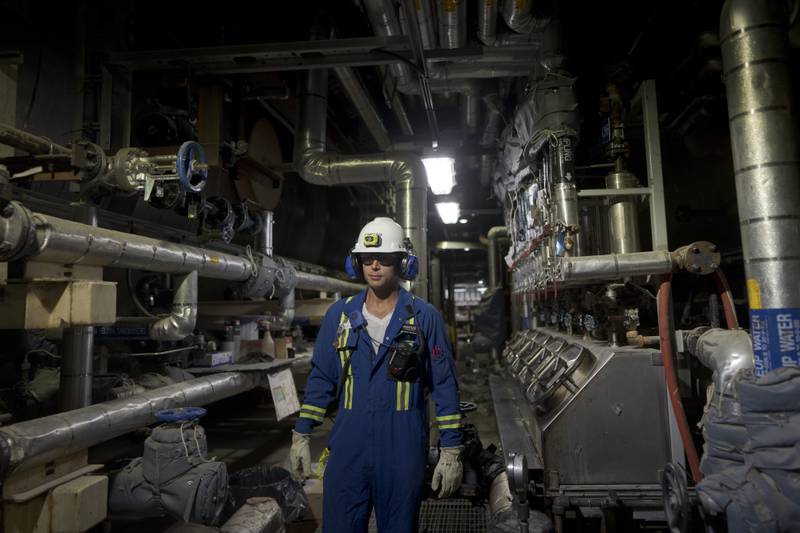According to the International Energy Agency, employment in the global energy sector increased last year thanks to growing investment in clean energy technologies.
Employment in the energy industry rose to 67 million people in 2022, an increase of 3.5 million compared to pre-pandemic levels, the Paris-based agency said in its report. Employment in the energy industry worldwide I’ll report back on Wednesday.
The report found that more than half of the employment growth between 2019 and 2022 was in photovoltaics, wind energy, electric vehicles and batteries, heat pumps and critical minerals mining.
Photovoltaic installations were by far the largest employer, providing four million jobs, while electric vehicles and batteries were the fastest growing, creating over a million jobs as of 2019.
The unprecedented acceleration we have seen in the clean energy transition is creating millions of new jobs around the world, but they are not being filled quickly enough, said Fatih Birol, the agency’s executive director.
Governments, industry and educational institutions must implement programs that provide the expertise needed in the energy sector to keep pace with growing demand.
The agency said fossil fuel industry jobs also increased year over year in 2022 but still remained below pre-pandemic levels despite record revenues in the oil and gas industry last year.
China, the world’s second-largest economy and a major producer of renewable energy, is responsible for the largest number of new energy jobs worldwide.
The rise of clean energy has also generated upstream jobs in critical minerals mining, which has created 180,000 jobs over the past three years, according to the report.
The agency said in a report earlier this year that the market for critical minerals used in electric vehicles and renewable energy technologies has more than doubled in the past five years.
Between 2017 and 2022, the energy sector drove a three-fold increase in demand for lithium, a 70 percent increase in demand for cobalt, and a 40 percent increase in demand for nickel.
Skill deficit
A growing number of energy industries point to skills shortages as a key obstacle to increasing operations, according to a survey conducted by the agency.
The report found that the number of workers earning degrees or certificates related to work in the energy sector has not kept pace with growing demand.
The agency said some fossil fuel companies are retraining workers internally for jobs in low-emissions areas to retain talent or maintain flexibility as needs arise.
However, this is not possible everywhere, and ensuring a people-centric and just transition for the workers affected must remain at the heart of decision-makers.
The agency said demand for clean energy workers is expected to continue to grow, with job growth expected to outweigh declines in fossil fuel employment.
The agency’s Net Zero Emissions by 2050 scenario projects 30 million new clean energy jobs to be created by 2030, with almost 13 million jobs in the fossil fuel industry at risk.
This means that for every fossil fuel job lost, about two clean energy jobs would be created, the agency said.
Iraq is moving towards a solar-powered future
Updated: November 15, 2023, 6:00 am
#IEA #employment #global #energy #sector #increased #million
Image Source : www.thenationalnews.com

